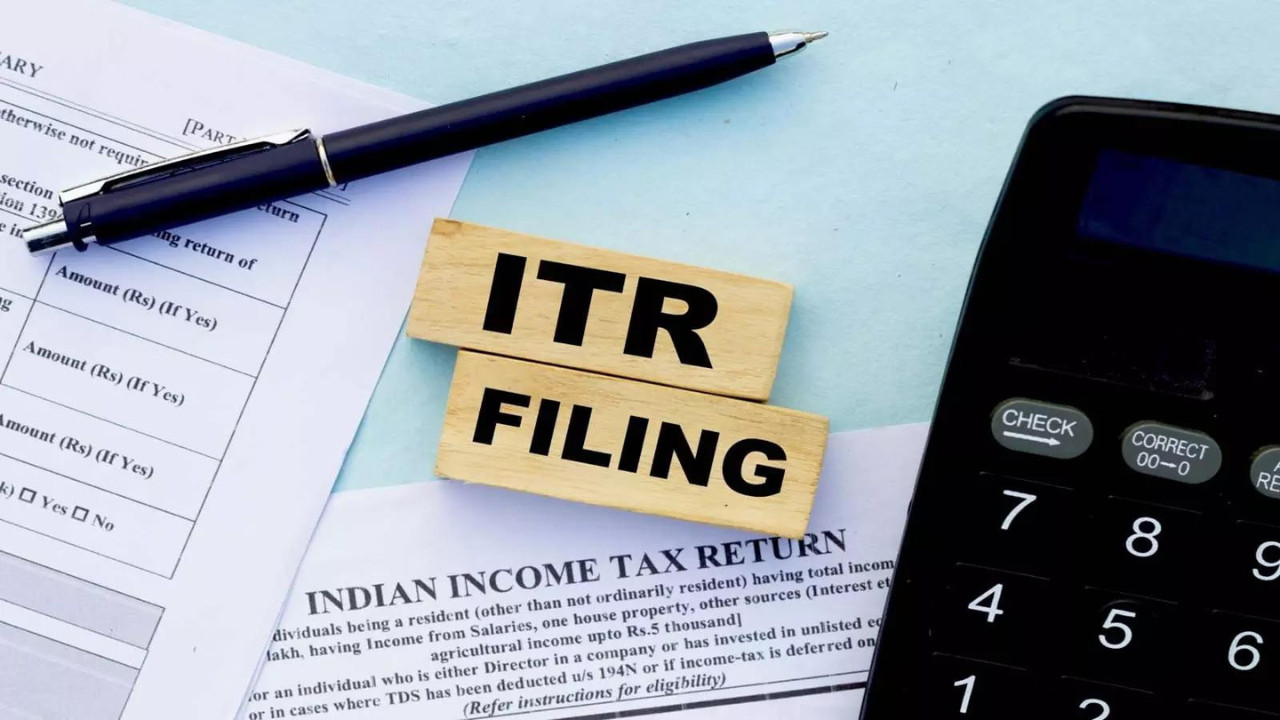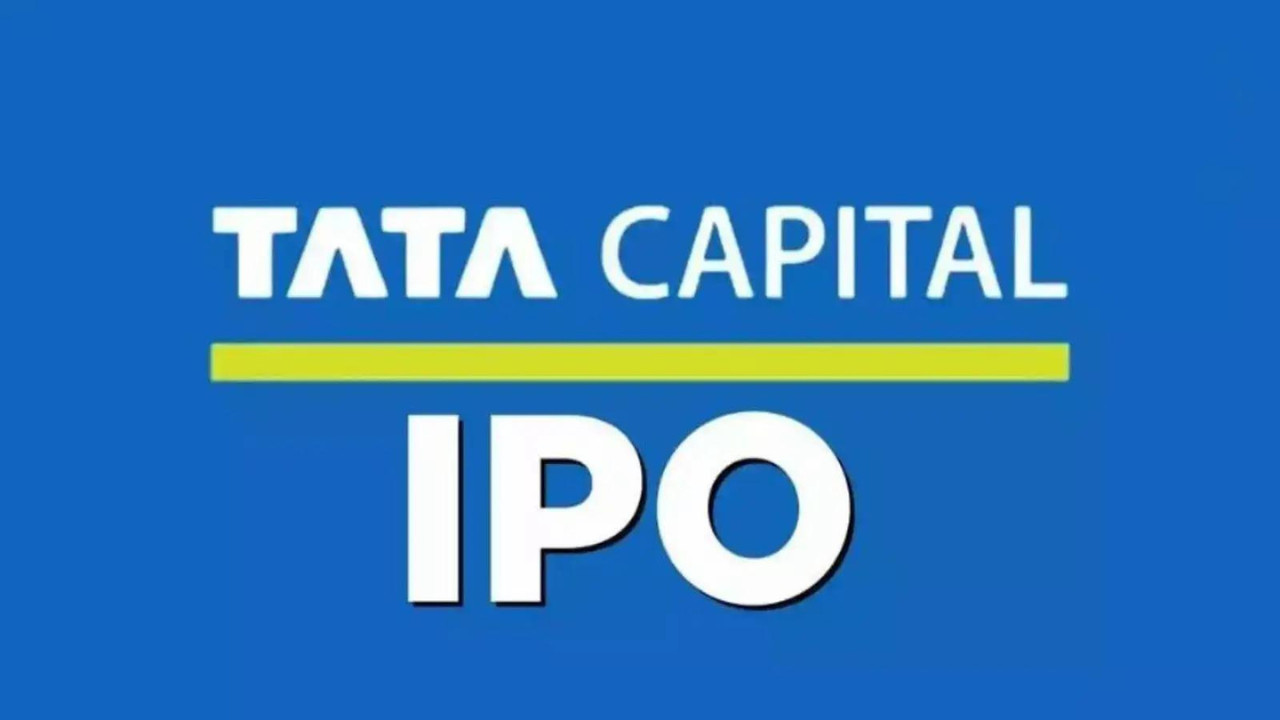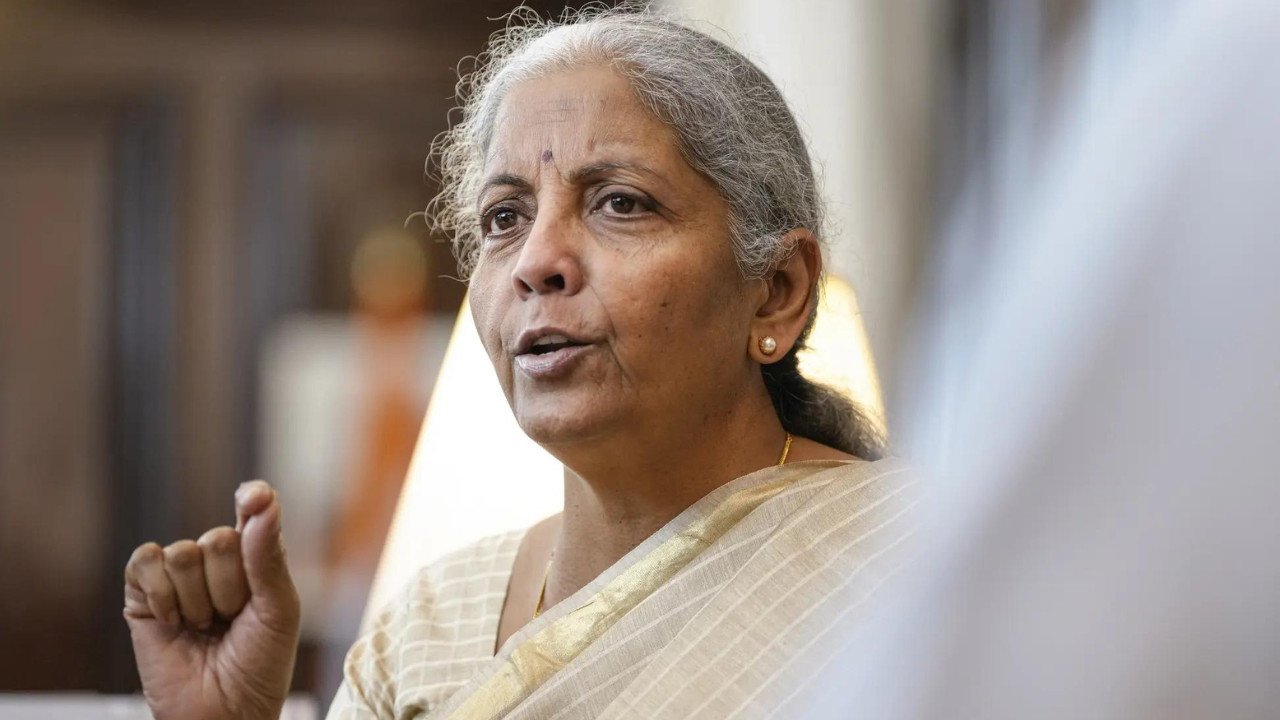India is actively engaged in free trade agreement (FTA) negotiations with key partners like the EU, US, Chile, and Peru, according to Commerce Minister Piyush Goyal. He emphasized the world’s interest in India as developed economies seek trade discussions.
India’s Trade Winds: Navigating a Sea of New Agreements
India’s trade landscape is shifting. Forget dusty old ledgers and protectionist walls – we’re talking a whirlwind of activity, a constant hum of negotiations aimed at forging new Free Trade Agreements (FTAs) with key global partners. Think of it as India rewriting its trade story, chapter by chapter, with an eye firmly fixed on a future brimming with opportunity.
Commerce Minister Piyush Goyal recently painted a vivid picture of this dynamic scene, describing ongoing FTA talks as running “subah se shaam” – from dawn till dusk. It’s a tireless effort, a testament to India’s commitment to strengthening its economic ties and unlocking the full potential of its trade relationships. But with whom, exactly, is India engaged in this flurry of diplomatic activity, and what’s driving this push for new trade deals?
The American Angle: Strengthening Transatlantic Trade
One of the most closely watched discussions revolves around potential India trade deals with the United States. While a full-fledged FTA remains a long-term aspiration, both nations are actively exploring avenues to deepen economic collaboration through targeted agreements. These discussions focus on reducing trade barriers, streamlining regulations, and promoting investment in key sectors like technology, clean energy, and pharmaceuticals.

The United States is a crucial trading partner for India, and bolstering this relationship is paramount. A successful trade agreement could lead to increased exports, job creation, and enhanced technological cooperation. However, navigating the complexities of US trade policy requires careful negotiation and a willingness to compromise on both sides.
Expanding Horizons: Chile, the EU, and Beyond
The US isn’t the only country vying for India’s attention. Negotiations are also progressing with Chile, a key player in the Latin American market. A trade deal with Chile could provide India with access to vital resources like copper and lithium, essential for the burgeoning electric vehicle and renewable energy sectors. It would also open doors to a vibrant and expanding market, diversifying India’s export destinations.
Meanwhile, talks with the European Union are equally crucial. An FTA with the EU, one of the world’s largest trading blocs, would be a game-changer for India. It would grant preferential access to a vast consumer market, boost exports of manufactured goods and services, and attract significant foreign investment. The EU, for its part, would gain a stronger foothold in the rapidly growing Indian economy.
Beyond these major players, India is also actively pursuing trade agreements with other countries and regions, including the UK, Australia, and the Gulf Cooperation Council (GCC). This multifaceted approach reflects India’s strategic vision of becoming a major global trading hub, connected to all corners of the world.
What’s Fueling India’s FTA Frenzy?
The driving force behind this aggressive pursuit of FTAs is a combination of factors. Firstly, India recognizes the importance of trade as an engine of economic growth. By reducing tariffs and other trade barriers, FTAs can boost exports, attract foreign investment, and create jobs.
Secondly, India aims to diversify its trade relationships and reduce its dependence on specific markets. This is particularly important in a world of increasing geopolitical uncertainty. FTAs provide a buffer against disruptions in global supply chains and ensure access to essential goods and services.
Thirdly, India seeks to enhance its competitiveness in the global market. FTAs can help Indian companies gain access to new technologies, improve their efficiency, and integrate into global value chains.
The Road Ahead: Challenges and Opportunities
Negotiating FTAs is a complex and time-consuming process. It requires careful consideration of various factors, including the interests of different stakeholders, the potential impact on domestic industries, and the compatibility of regulatory frameworks. Success hinges on a willingness to compromise, a commitment to transparency, and a clear understanding of the long-term benefits.
However, the potential rewards are immense. Successful FTAs can unlock new opportunities for economic growth, job creation, and technological advancement. They can strengthen India’s position as a global economic power and contribute to a more prosperous future for its citizens. As India actively engages in these crucial trade discussions, its commitment to fostering strong international ties becomes increasingly apparent. To get a deeper understanding of India’s economic strategies, read more about the country’s [plans for infrastructure development](internal-link-to-infrastructure-article).
Conclusion: A Future Forged in Trade
India’s aggressive pursuit of Free Trade Agreements signals a decisive shift towards a more open and globally integrated economy. These agreements, particularly potential India trade deals with major partners like the US and EU, hold the key to unlocking significant economic potential and solidifying India’s position on the world stage. As negotiations continue, the focus remains on forging mutually beneficial partnerships that will drive growth, innovation, and prosperity for all involved.







